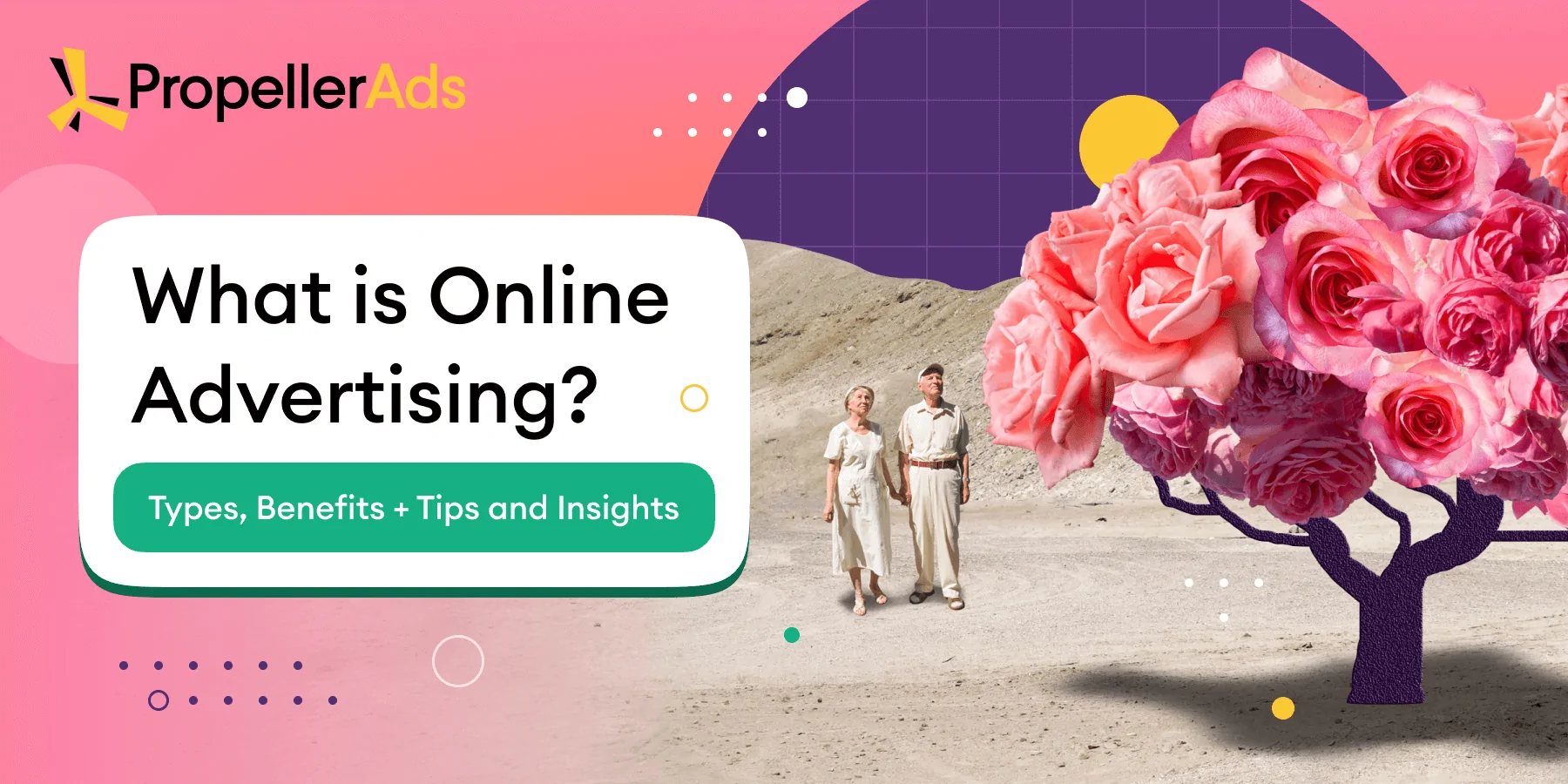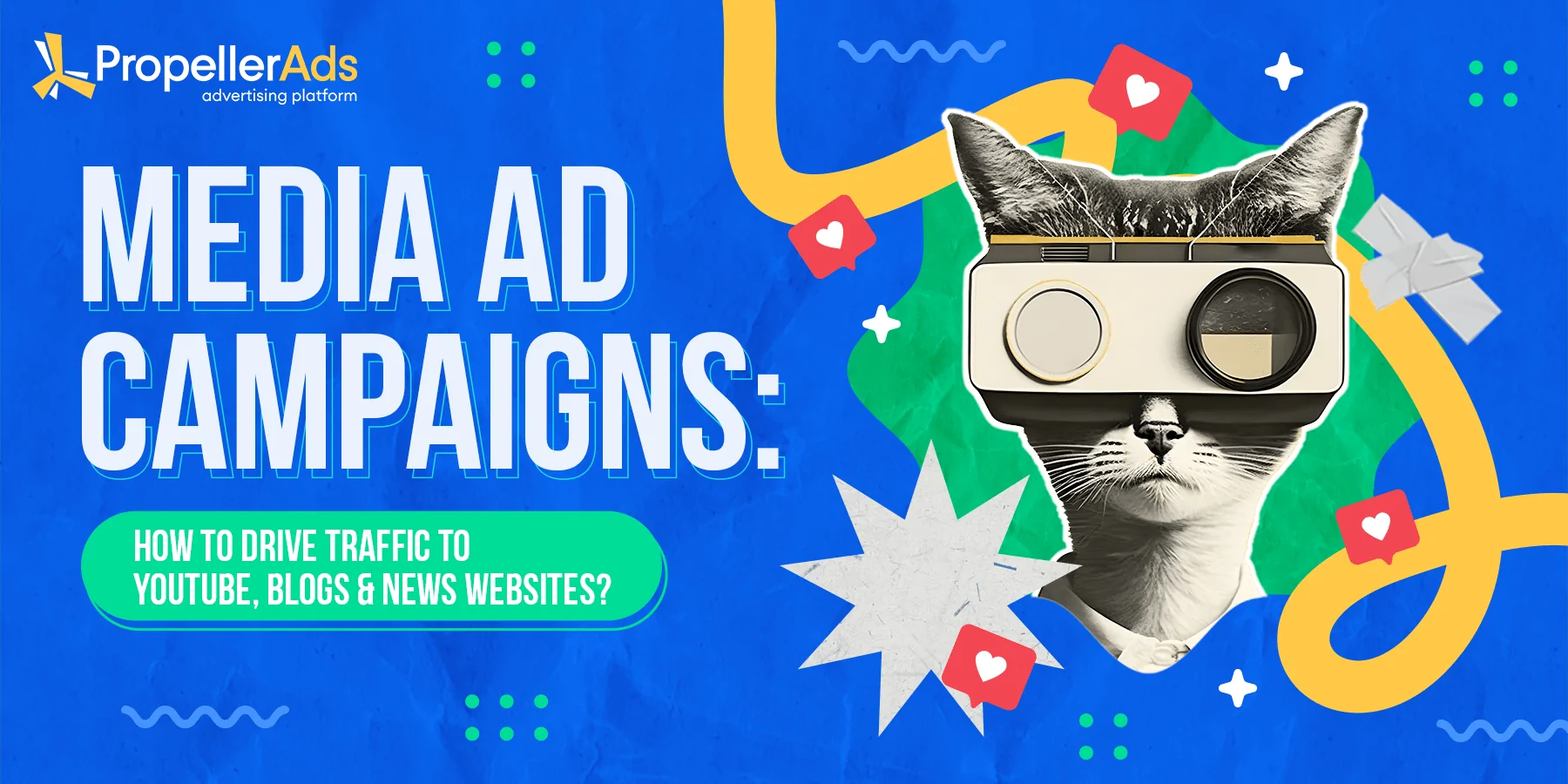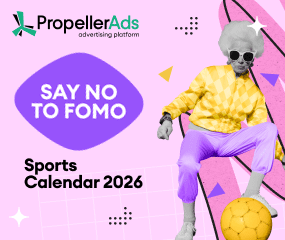Native Advertising: Examples and Strategies
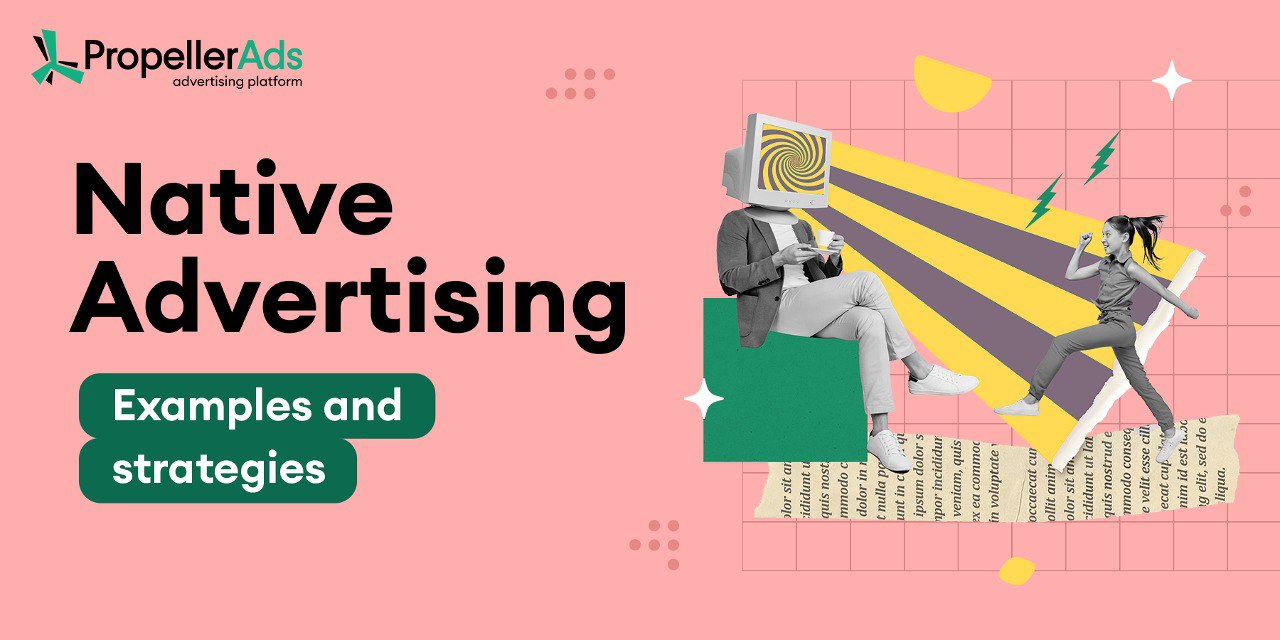
This post is also available in:
ES
Ever scrolled through your favorite website or social media feed and stumbled upon an article or video that felt just a little too perfect? That might have been your first encounter with native advertising. Unlike in-your-face ads, native advertising blends seamlessly into the content.
Curious to learn more about this subtle yet powerful advertising technique? Luckily for you, that’s exactly what we’re here to do. So, buckle up and get ready to discover the art of blending in and getting results with native advertising.
What is Native Advertising?
Native advertising is a form of paid media where the ad experience follows the natural form and function of the user experience in which it is placed. In simpler terms, it means the ad blends in with the surrounding content, looking and feeling like it belongs there.
And the thing is, these ads work. As much as 53% of consumers look at native ads more frequently than banner ads.
There are several types of native advertising, each designed to fit specific content environments:
- In-feed ads: These ads appear directly in the user’s content feed, mimicking the look and feel of organic posts.
- Sponsored content: This type of native ad is a paid article or video created by the advertiser but published on a third-party platform.
- Recommended content: These ads suggest related articles or videos to the user, often appearing at the end of an article or webpage.
- Native video ads: These ads are video content that blends in with the surrounding video content on a platform.
What makes an ad “native”? It’s all about relevance, format, and placement. The ad should be contextually relevant to the content it appears alongside, follow the same format as the surrounding content, and be placed in a natural, non-disruptive location.
Native Advertising Examples
Let’s bring native advertising to life with a few real-world examples that showcase its versatility and effectiveness:
In-Feed Ads on Social Media
Imagine scrolling through your Facebook feed and coming across a post from a popular fitness influencer showcasing their new workout gear. The post looks like any other organic post, with a captivating image and engaging caption.
However, a subtle “Sponsored” label indicates that it’s a paid advertisement for the fitness apparel brand.
Sponsored Content on a News Website
While reading an article about healthy eating habits on a health-focused website, you might come across a sponsored article titled “5 Delicious and Nutritious Breakfast Ideas.”
This article, created by a food brand, seamlessly blends in with the surrounding editorial content, offering valuable information while subtly promoting their products.
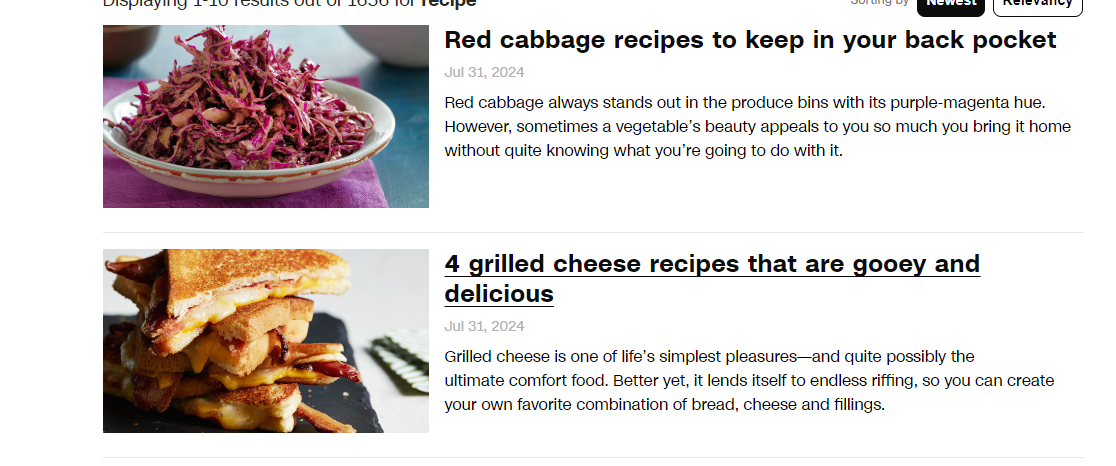
Recommended Content on a Blog
After reading a blog post about travel tips, you might see a section titled “Recommended for You” featuring articles from a travel booking platform. These articles, while promoted, are relevant to your interests and provide additional value to the user.
Native Video Ad on a Streaming Platform
While watching videos on a streaming platform, a short video ad for a new car model might play before or during your selected content.
This ad integrates with the viewing experience, often featuring high-quality production and storytelling to capture the viewer’s attention.
How Much Does Native Advertising Cost?
Curious about the price tag of native advertising? Well, it’s not a one-size-fits-all answer, but we can give you a ballpark figure. Think of it like planning a vacation – the cost can vary depending on where you’re going, how long you’re staying, and what kind of experiences you’re looking for.
Similarly, the cost of native advertising depends on a few key factors:
- Pricing models: Think of these as your travel packages. You can choose CPM (cost per thousand impressions), CPC (cost per click), or CPA (cost per action). Each has its own perks and price points.
- Targeting: The more specific your audience, the higher the cost is likely to be. It’s like choosing a luxury resort versus a cozy cabin in the woods.
- Platform and ad format: Just like different destinations have different price tags, prices vary across platforms and ad types. Video ads, for instance, tend to be a bit pricier than static image ads.
- Creative quality: Think of this as your travel itinerary. High-quality, engaging ads can lead to better results and potentially lower your overall costs.
Here’s a rough estimate to help you plan your budget:
-
- CPM: Typically ranges from $2 to $10 (or more for premium placements).
-
- CPC: Can range from $0.50 to $5 (or higher in competitive industries).
-
- CPA: This one’s a bit trickier to estimate, as it varies significantly depending on the desired action and industry.
Remember, the key is to set a realistic budget and focus on optimizing your campaigns for the best ROI.
How Do You Spot Native Advertising?
In a world where native ads blend with organic content, it can sometimes be tricky to tell the difference. But don’t worry, because we can give you some tips on how to spot native advertising:
- Look for the labels:
Most platforms require advertisers to clearly label native ads with terms like “Sponsored,” “Promoted,” or “Paid Content.”
- Consider the source:
Is the content coming from a brand or publisher you recognize? If it’s a brand promoting its own product or service, it’s likely a native ad.
- Assess the tone:
Does the content feel overly promotional or sales-y? While native ads aim to provide value, they often have an underlying marketing message.
- Check the URL:
Sometimes, native ads will have a slightly different URL structure than the rest of the content on the platform. Look for clues in the web address.
Remember, transparency is key in the world of native advertising, and reputable advertisers will clearly disclose that their content is sponsored.
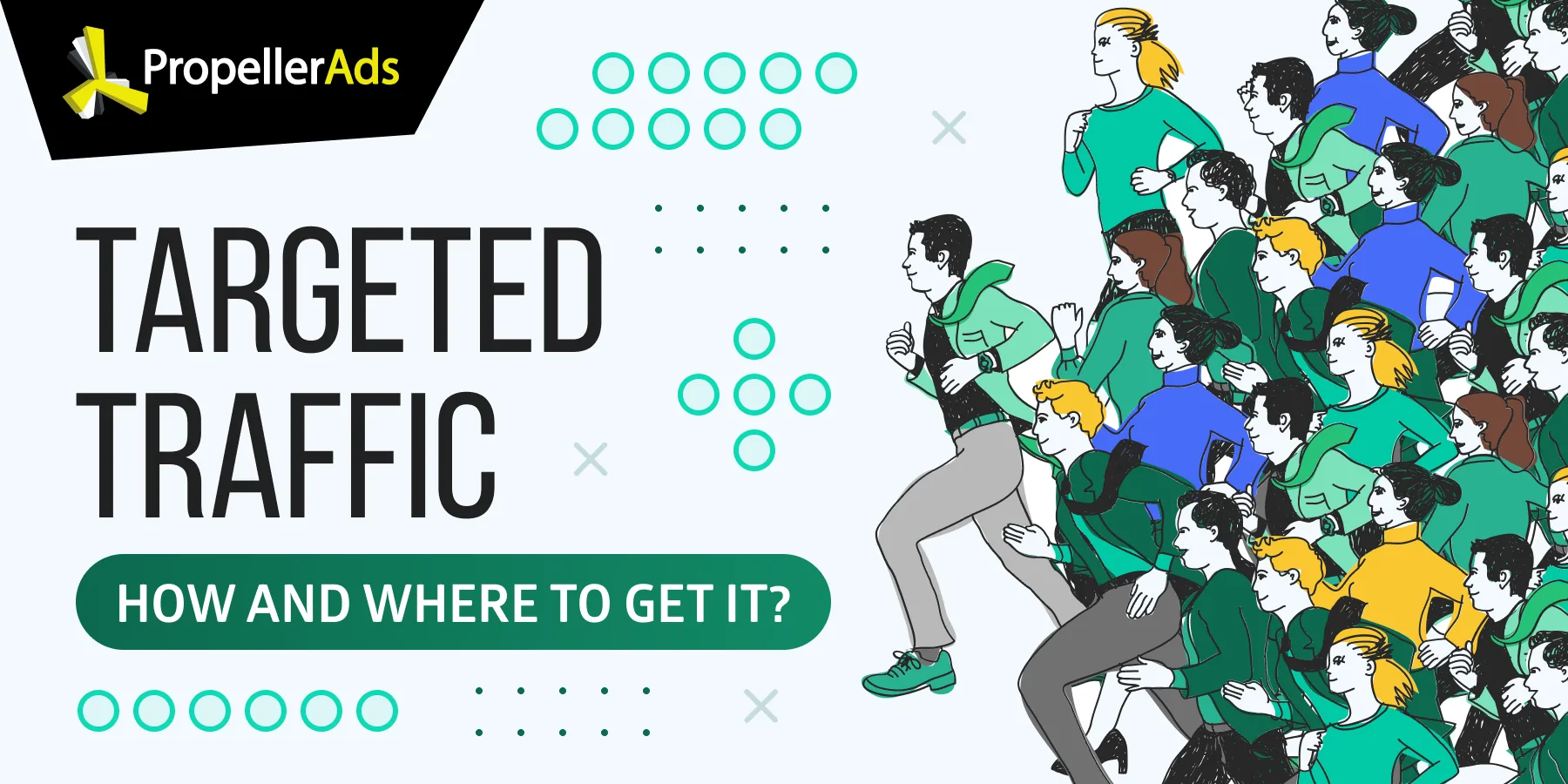
Strategies for Effective Native Advertising
Here are the essential strategies you need to know in order to cook up some seriously effective native advertising campaigns:
- Quality content is king: Forget those boring, sales-y ads. Native advertising is all about creating content that’s so good that people will want to engage with it even if it wasn’t an ad. Think informative, entertaining, and oh-so-shareable!
- Blend In: Your ads should fit seamlessly into the surrounding content. Match the style, tone, and format of the platform you’re on, and make sure your ad feels like a natural part of the experience.
- Honesty is the best policy: Be upfront and transparent with your audience. Clearly label your ads as “Sponsored” or “Promoted.” It’s all about building trust and keeping things real.
- Find your tribe: Don’t waste your time advertising to people who aren’t interested. Target your ads to the right platforms and placements where your ideal customers hang out.
- Track your progress: Keep a close eye on your campaign performance and use the data to make smart decisions. Experiment, tweak, and optimize until you find the perfect combination.
Remember, it’s all about providing value, building trust, and creating a positive experience for everyone involved.
Conclusion
Native advertising, with its subtle charm and ability to blend seamlessly into the user experience, has become a powerful tool in the modern marketer’s toolkit. With just a little bit of hard work, you can create native ad campaigns that resonate with your audience, build brand awareness, and drive meaningful results.
Want to know what results you can get with Leadgen offers? Join our Telegram chat and ask experienced affiliates!
